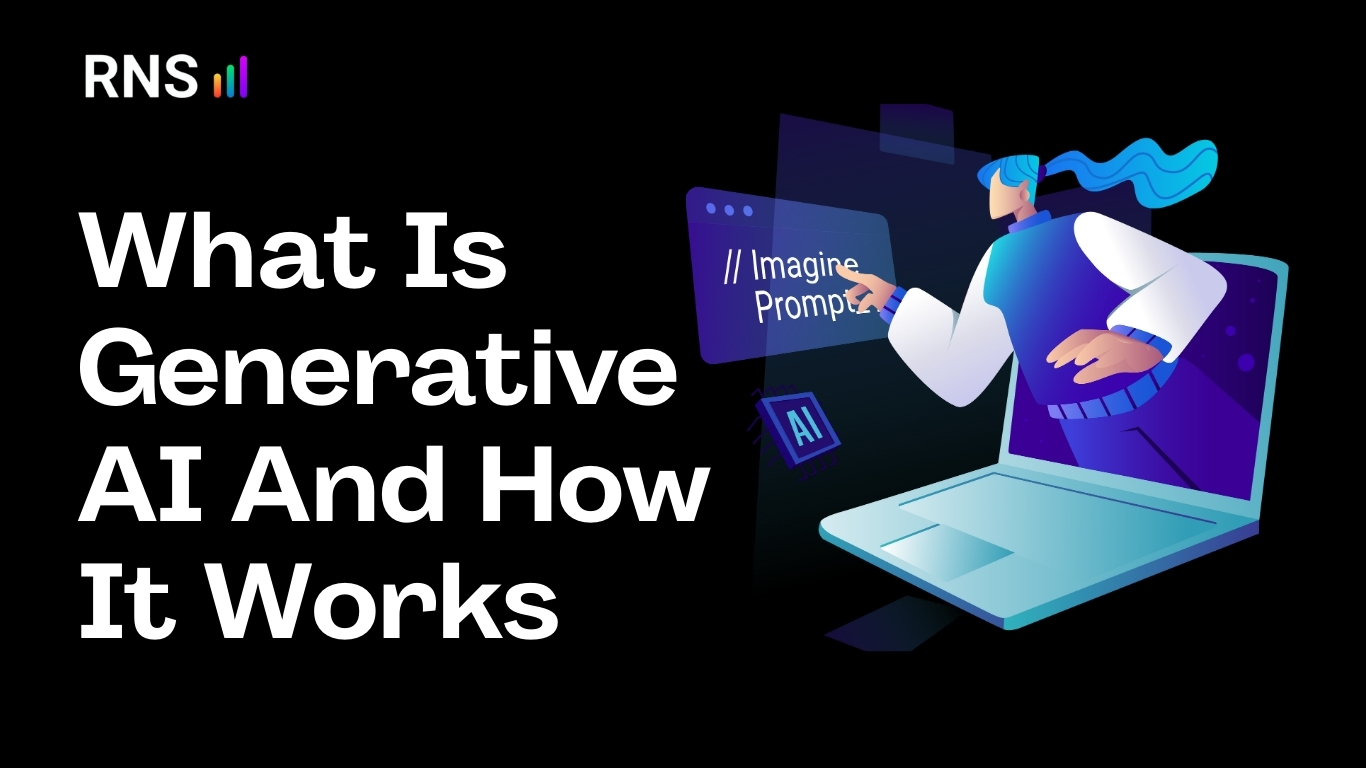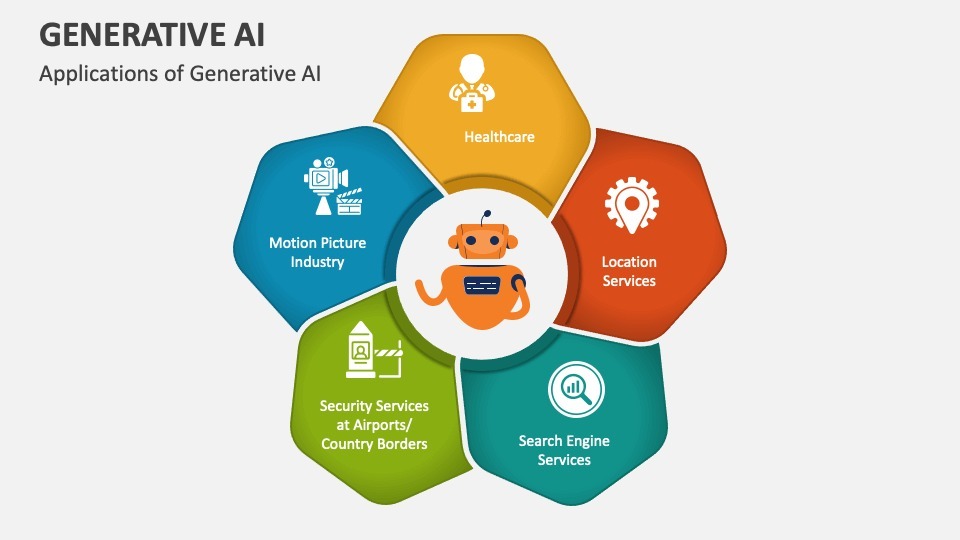Inquiry Form


Defining Generative AI:
Generative AI refers to a class of artificial intelligence algorithms designed to generate
content that is indistinguishable from content created by humans. Unlike traditional AI models
that are trained to recognize patterns in existing data, generative AI goes a step further by
creating entirely new and original content. This groundbreaking technology has found applications
in diverse fields, including art, language processing, and even it professional industry.

The core of generative AI lies in its ability to learn and replicate patterns. During the training phase, the AI model is exposed to vast amounts of data, whether it be images, text, or other types of information. For instance, a generative image model might be trained on a dataset containing thousands of images to understand patterns, styles, and structures.
Generative AI often relies on neural networks, which are inspired by the structure of the human brain. These networks consist of interconnected layers of artificial neurons that process and analyze data. In the context of generative AI, the most common architectures are Generative Adversarial Networks (GANs) and Variational Autoencoders (VAEs).
GANs consist of two neural networks – a generator and a discriminator – that work in tandem. The generator creates new content, while the discriminator evaluates the generated content against real data. This adversarial process continues iteratively, with the generator improving its output to fool the discriminator, and vice versa until the generated content is virtually indistinguishable from real content.
VAEs are a different approach to generative AI. In this model, an encoder compresses input data into a compact representation called a latent space, and a decoder reconstructs the input data from this representation. VAEs introduce a level of randomness, allowing the model to generate diverse outputs from the same latent space.

Generative AI has made significant strides in creating realistic images. StyleGAN, for example, is known for generating high-quality, diverse images, from realistic faces to entirely fictional landscapes. This technology has implications in the gaming industry, virtual reality, and even fashion design.
Text-based generative models, such as OpenAI's GPT (Generative Pre-trained Transformer), have demonstrated remarkable capabilities in generating human-like text. These models can be used for content creation, automated writing assistance, and even natural language processing tasks.
Generative AI has become a tool for artists and creatives to explore new possibilities. Artists can use algorithms to generate unique visual artworks, music compositions, and even poetry. This intersection of technology and art has given rise to innovative collaborations and installations.
In the field of development, generative AI is proving valuable in the discovery. By analyzing code structures and predicting potential developer candidates, AI models contribute to accelerating the best software development process, saving time and resources.

Generative AI models can inadvertently perpetuate biases present in the training data. Ensuring fairness and addressing biases is a critical challenge in the website development and software deployment of generative AI.
The power of generative AI to create convincing content raises questions about responsibility. As these models become more advanced, there is a need for ethical guidelines and frameworks to govern their use and potential misuse.
The use of large datasets for training generative AI models raises concerns about data privacy. Striking a balance between access to data and protecting individuals' privacy is an ongoing challenge.
Generative AI is continuously evolving, and its future holds tremendous promise. As technology advances, we can expect even more realistic and sophisticated content generation. The integration of generative AI into various industries will likely lead to breakthroughs in creativity, efficiency, and problem-solving.
Generative AI is a testament to the incredible strides artificial intelligence has made in recent years. Its ability to generate novel and realistic content opens doors to a myriad of applications across industries. Understanding the workings of globalrns provides generative AI insights into its potential and challenges, urging us to navigate this transformative technology with caution and responsibility. As we stand at the intersection of creativity and artificial intelligence, the journey of generative AI continues to shape the future of innovation.